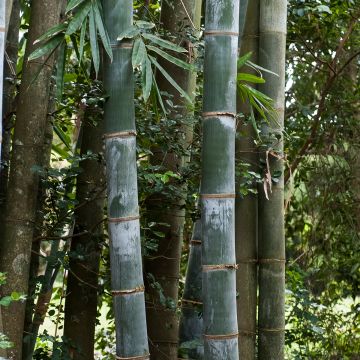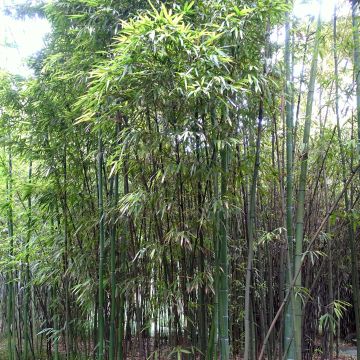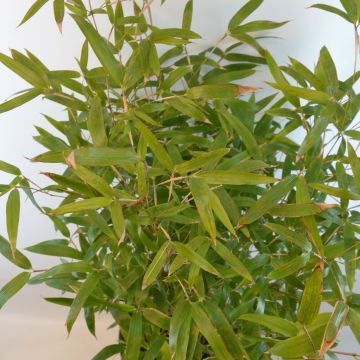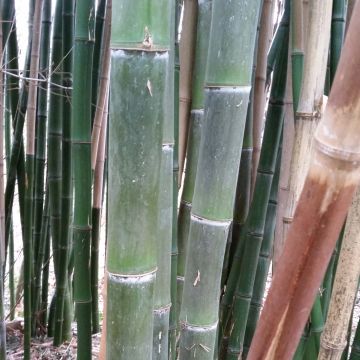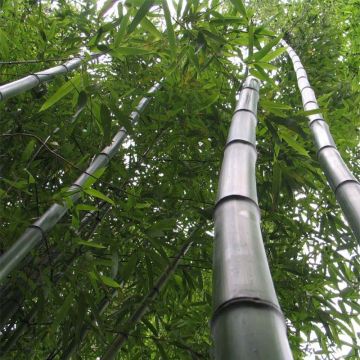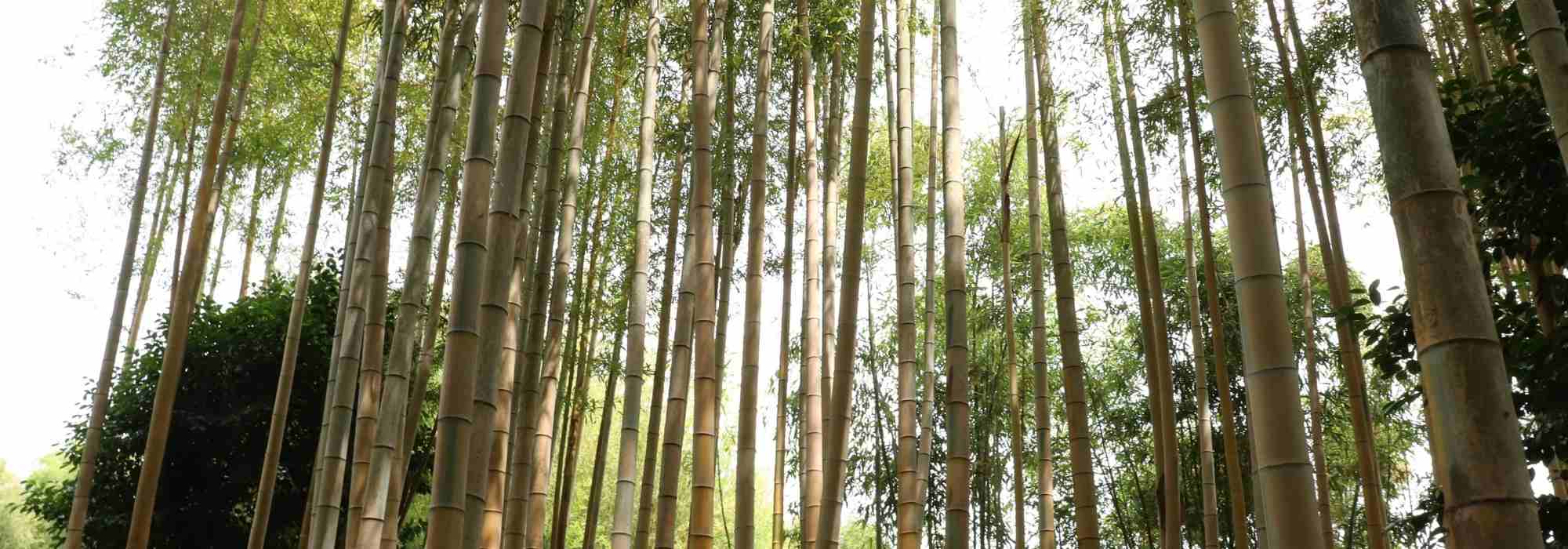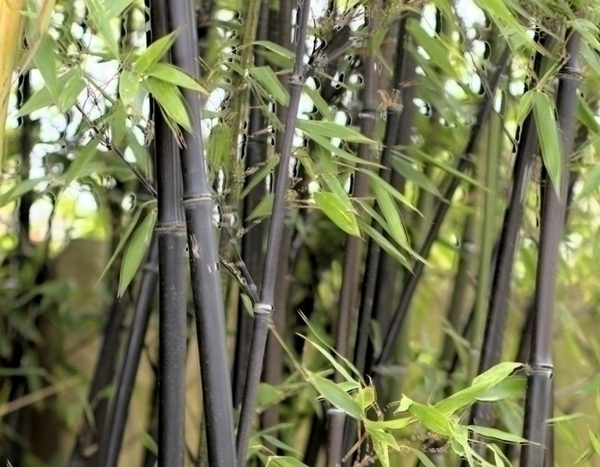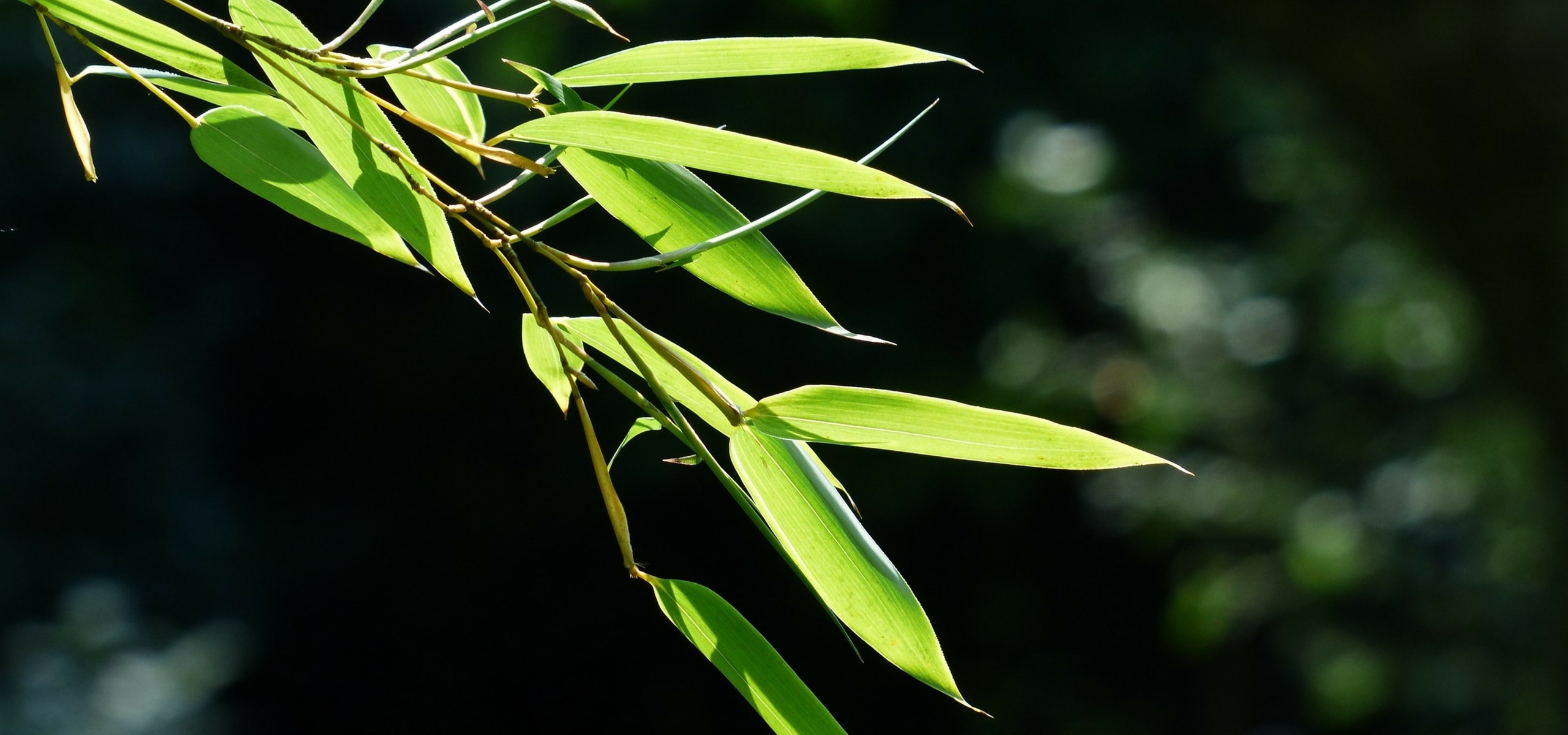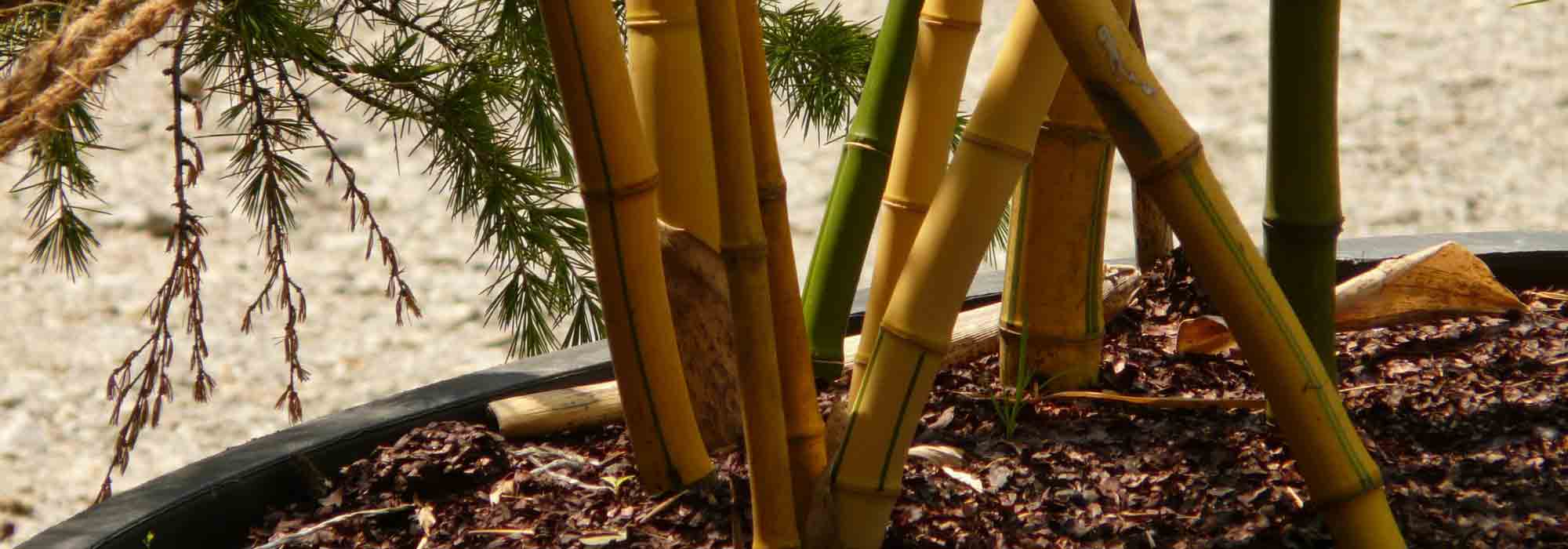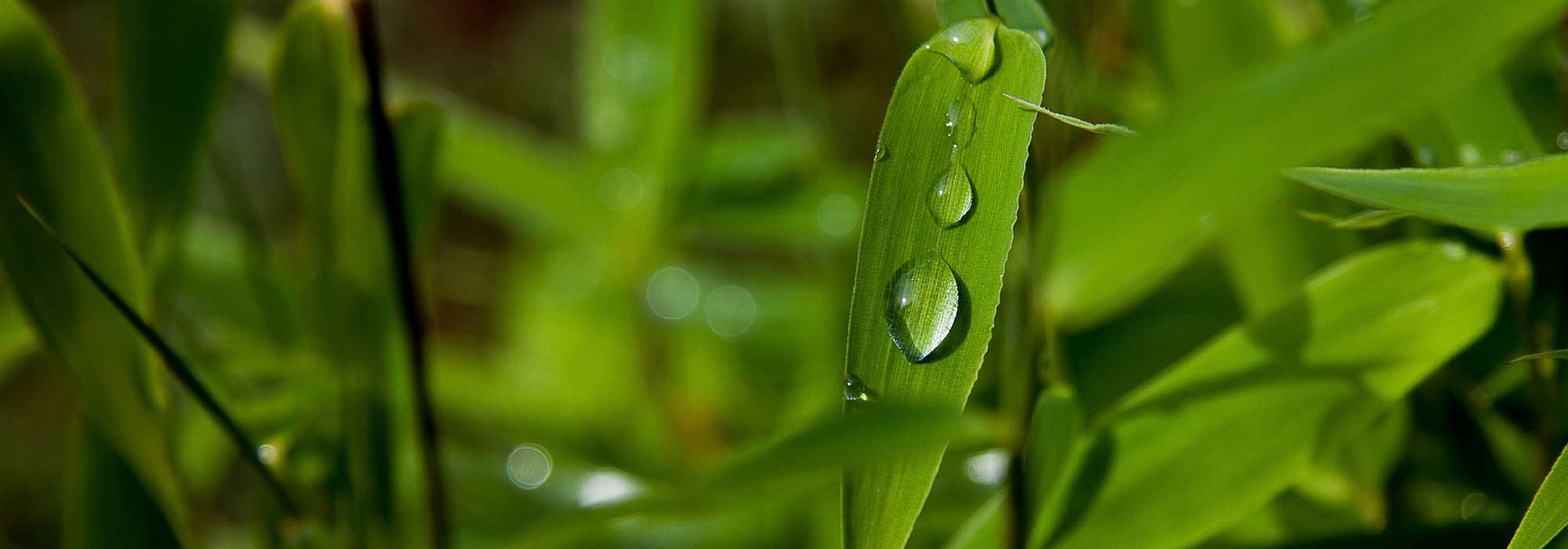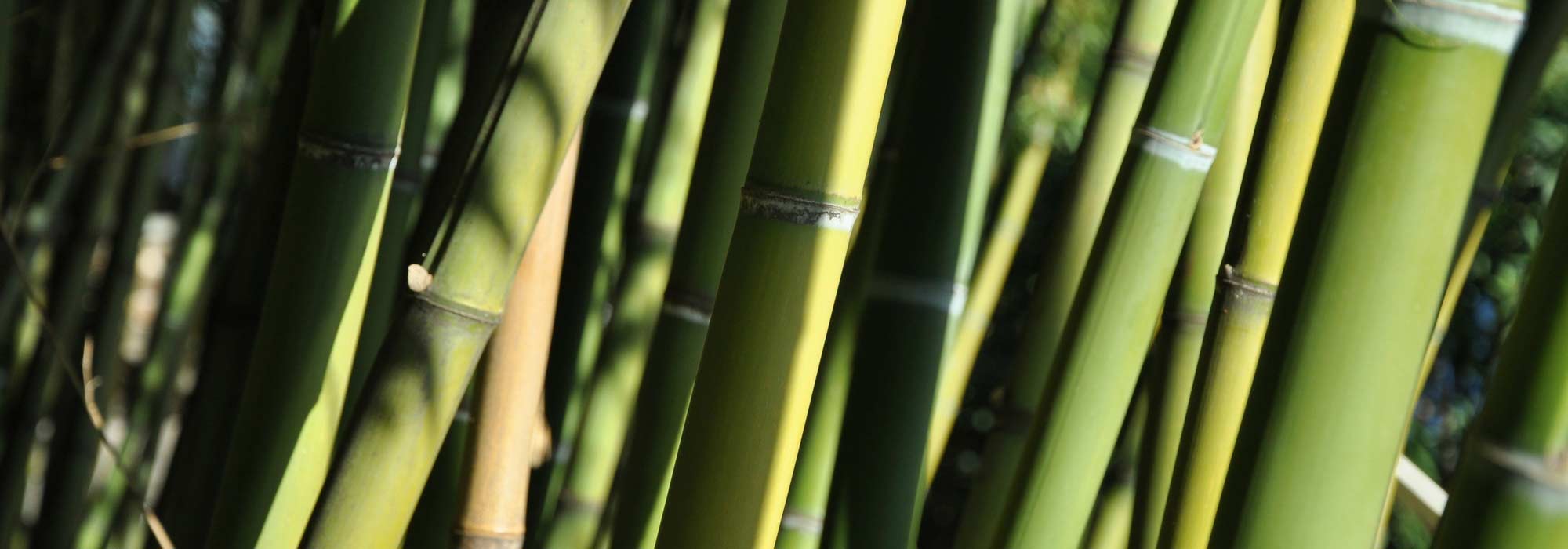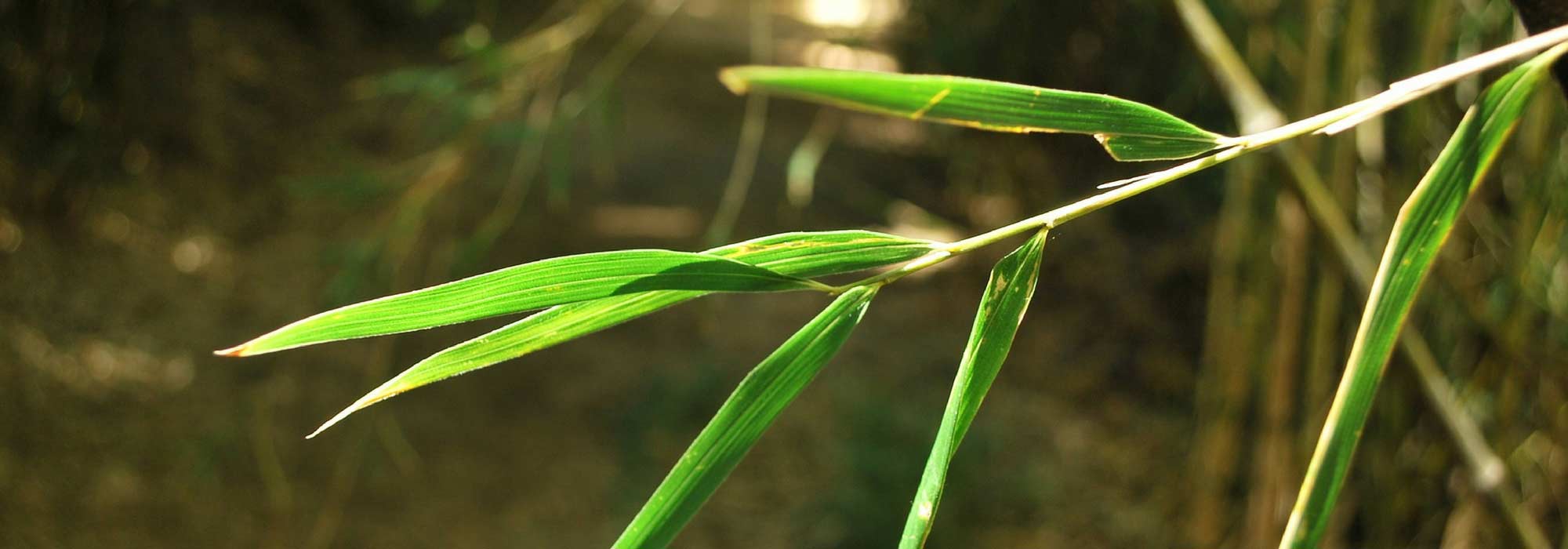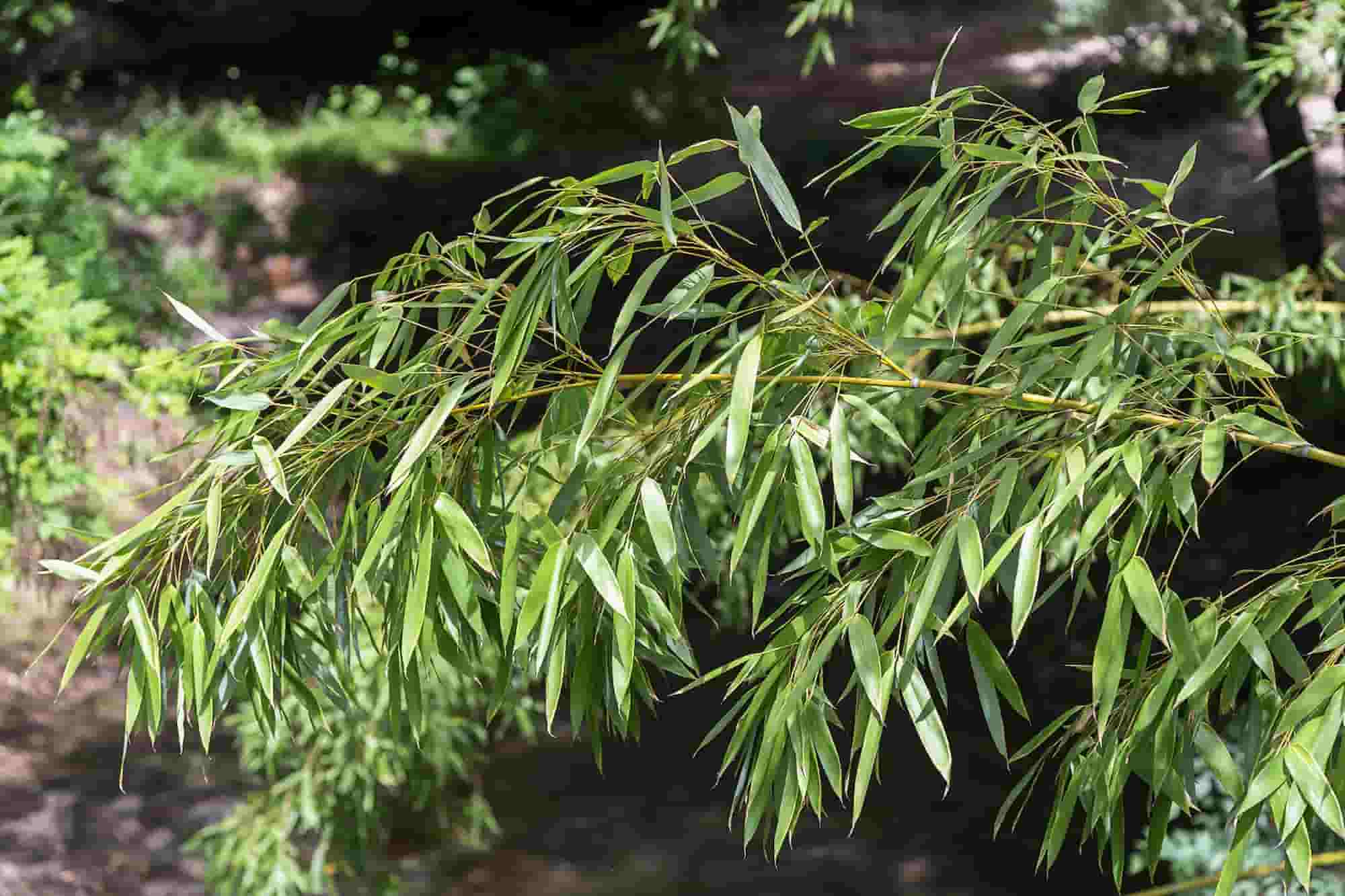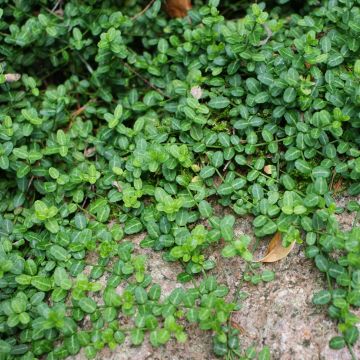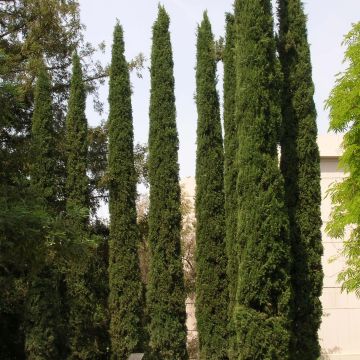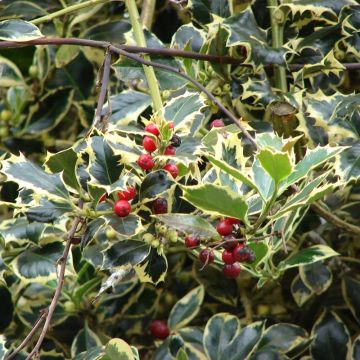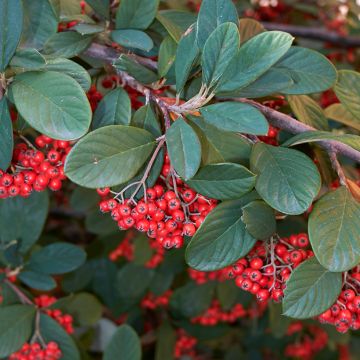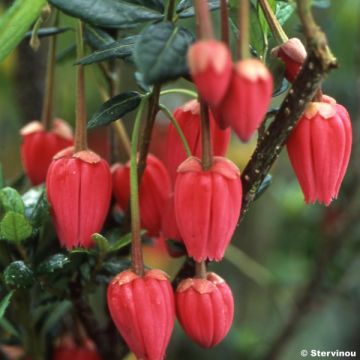

Phyllostachys nigra Megurochiku - Bambou géant
Phyllostachys nigra Megurochiku - Black Bamboo
Phyllostachys nigra Megurochiku
Giant Bamboo
Healthy and lush plants, all the stems are alive.
Carole, 30/09/2023
Special offer!
Receive a €20 voucher for any order over €90 (excluding delivery costs, credit notes, and plastic-free options)!
1- Add your favorite plants to your cart.
2- Once you have reached €90, confirm your order (you can even choose the delivery date!).
3- As soon as your order is shipped, you will receive an email containing your voucher code, valid for 3 months (90 days).
Your voucher is unique and can only be used once, for any order with a minimum value of €20, excluding delivery costs.
Can be combined with other current offers, non-divisible and non-refundable.
Why not try an alternative variety in stock?
View all →This plant carries a 24 months recovery warranty
More information
We guarantee the quality of our plants for a full growing cycle, and will replace at our expense any plant that fails to recover under normal climatic and planting conditions.


Would this plant suit my garden?
Set up your Plantfit profile →
Description
Phyllostachys nigra 'Megurochiku' is a rare collector's bamboo, originally from a Japanese island. It stands out with its green culms striped with black, a particularly unique colour combination in this genus. Usually of medium size, it can however exceed 10m (33ft) in height when the growing conditions are favourable. Moderately running, it has a distinctly upright habit, forming beautiful clumps or large hedges, dense with its abundant dark green foliage. Very hardy, it grows in full sun or partial shade, in neutral to acidic soil, moist but with good drainage. An unusual variety that deserves attention!
This bamboo belongs to the Poaceae family, or grasses. While some species can reach tens of metres in height and form culms as hard as wood, they are not trees, but rather grasses. There are over a thousand species, distributed on all continents except Antarctica. Phyllostachys nigra, or black bamboo, comes from China like many other species in this genus. It is very aesthetically pleasing with its black culms and is widely used in ornamental gardens.
'Megurochiku' is a Japanese variety, originating from a small island of less than 600 km², Awaji-shima, where it is quite rare. It was introduced to the United States and southern France around 1980, but remains relatively uncommon in cultivation. Quite different from the botanical species, this bamboo forms green culms that, after 1 or 2 years, become adorned with a black stripe between the nodes. This is the internodal groove (also called sulcus), a slightly concave area that extends from one node to another, which takes on this dark colour, creating a beautiful contrast. As it ages, the culms turn from green to a light brown, more or less yellow. The foliage of this variety is very decorative, the elongated leaves, 7 to 10cm (3 to 4in) long and 1.2cm (1in) wide, are thin and a beautiful dark green colour. Very numerous, they form a dense vegetation well suited for hedge formation. This Phyllostachys has a distinctly upright habit and usually measures between 5 and 8m (16 and 26ft) in height, but under the right growing conditions, it can exceed 10m. However, you will need to be patient as its growth rate is moderate. It spreads each year a little more through its running rhizomes and, unless you have a very large plot of land, it will need to be contained with a rhizome barrier installed at planting. However, leave at least 4 to 6m² available for it to establish well. Year after year, you will see it progress in height and width, and after 4 to 5 years, it will form a superb clump.
Fairly easy to grow, it has the same needs as most other Phyllostachys: neutral to acidic soil, remaining moist, with good drainage to avoid excess water. It thrives in full sun and partial shade and is cold-resistant, tolerating temperatures as low as -20°C. Cool locations are even known to enhance the coloration of the culms.
Phyllostachys 'Megurochiku' is a gem for collectors and enthusiasts of rare bamboos. While its silhouette is classic, its green and black culms are unusual and highly decorative. They will create a stunning contrast with yellow culms like those of the Golden Bamboo (Phyllostachys aurea) or those of the Phyllostachys aureosulcata 'Spectabilis', yellow with green stripes. You can also plant it alongside other plants that have the same cultural requirements, such as Sassafras albidum. This large shrub or small tree has rapid growth, and its curious entire or trilobed foliage takes on sumptuous autumnal colours. It also appreciates cool, non-calcareous soils, in sunny or partial shade exposures.
Plant habit
Foliage
Botanical data
Phyllostachys
nigra
Megurochiku
Poaceae
Giant Bamboo
East Asia
Other Phyllostachys
View all →Planting and care
Grown in containers, bamboos can be planted at any time of year, except during frost. However, the best planting period is late summer and autumn, when the soil is warm and rainfall is more frequent. The planting distance depends on how you intend to use your bamboos: for a mass planting, allow a spacing of 3 to 4 metres (10 to 13 feet) between each plant. For a hedge, this distance can be reduced to 1.6 to 2 metres (5 to 7 feet).
This Phyllostachys prefers rich, deep, well-drained soil that remains moist, either acidic or neutral. It prefers to grow in full sun, but can also tolerate partial shade, such as at the edge of large trees.
During planting, loosen the soil and soak the root ball in water for 20 minutes. You can also add well-decomposed compost and rake it into the surface. Watering should be continued for at least the first year when planted in open ground. The establishment period may sometimes seem a bit long, but don't panic, this bamboo has a moderate growth rate.
For running bamboo like this one, the installation of a rhizome barrier (thick and resistant polypropylene film) is essential, as these varieties have no regard for property limits and can quickly colonize large areas. The rhizome barrier should be vertically buried, leaving a height of 10cm (4in) exposed and inclined at a 15° angle towards the plant. This will help limit its expansion to an area of 4 to 6 m². Without a barrier, it will spread much further over time.
In terms of maintenance, bamboo is not demanding: remember to weed around the base, at least in the beginning, until the dead leaves on the ground form a natural mulch. A nitrogen-rich fertilizer (well-decomposed manure or liquid fertilizer) in spring and autumn will be beneficial.
Planting period
Intended location
Care
Planting & care advice
-
, onOrder confirmed
Reply from on Promesse de fleurs
Similar products
Haven't found what you were looking for?
Hardiness is the lowest winter temperature a plant can endure without suffering serious damage or even dying. However, hardiness is affected by location (a sheltered area, such as a patio), protection (winter cover) and soil type (hardiness is improved by well-drained soil).

Photo Sharing Terms & Conditions
In order to encourage gardeners to interact and share their experiences, Promesse de fleurs offers various media enabling content to be uploaded onto its Site - in particular via the ‘Photo sharing’ module.
The User agrees to refrain from:
- Posting any content that is illegal, prejudicial, insulting, racist, inciteful to hatred, revisionist, contrary to public decency, that infringes on privacy or on the privacy rights of third parties, in particular the publicity rights of persons and goods, intellectual property rights, or the right to privacy.
- Submitting content on behalf of a third party;
- Impersonate the identity of a third party and/or publish any personal information about a third party;
In general, the User undertakes to refrain from any unethical behaviour.
All Content (in particular text, comments, files, images, photos, videos, creative works, etc.), which may be subject to property or intellectual property rights, image or other private rights, shall remain the property of the User, subject to the limited rights granted by the terms of the licence granted by Promesse de fleurs as stated below. Users are at liberty to publish or not to publish such Content on the Site, notably via the ‘Photo Sharing’ facility, and accept that this Content shall be made public and freely accessible, notably on the Internet.
Users further acknowledge, undertake to have ,and guarantee that they hold all necessary rights and permissions to publish such material on the Site, in particular with regard to the legislation in force pertaining to any privacy, property, intellectual property, image, or contractual rights, or rights of any other nature. By publishing such Content on the Site, Users acknowledge accepting full liability as publishers of the Content within the meaning of the law, and grant Promesse de fleurs, free of charge, an inclusive, worldwide licence for the said Content for the entire duration of its publication, including all reproduction, representation, up/downloading, displaying, performing, transmission, and storage rights.
Users also grant permission for their name to be linked to the Content and accept that this link may not always be made available.
By engaging in posting material, Users consent to their Content becoming automatically accessible on the Internet, in particular on other sites and/or blogs and/or web pages of the Promesse de fleurs site, including in particular social pages and the Promesse de fleurs catalogue.
Users may secure the removal of entrusted content free of charge by issuing a simple request via our contact form.
The flowering period indicated on our website applies to countries and regions located in USDA zone 8 (France, the United Kingdom, Ireland, the Netherlands, etc.)
It will vary according to where you live:
- In zones 9 to 10 (Italy, Spain, Greece, etc.), flowering will occur about 2 to 4 weeks earlier.
- In zones 6 to 7 (Germany, Poland, Slovenia, and lower mountainous regions), flowering will be delayed by 2 to 3 weeks.
- In zone 5 (Central Europe, Scandinavia), blooming will be delayed by 3 to 5 weeks.
In temperate climates, pruning of spring-flowering shrubs (forsythia, spireas, etc.) should be done just after flowering.
Pruning of summer-flowering shrubs (Indian Lilac, Perovskia, etc.) can be done in winter or spring.
In cold regions as well as with frost-sensitive plants, avoid pruning too early when severe frosts may still occur.
The planting period indicated on our website applies to countries and regions located in USDA zone 8 (France, United Kingdom, Ireland, Netherlands).
It will vary according to where you live:
- In Mediterranean zones (Marseille, Madrid, Milan, etc.), autumn and winter are the best planting periods.
- In continental zones (Strasbourg, Munich, Vienna, etc.), delay planting by 2 to 3 weeks in spring and bring it forward by 2 to 4 weeks in autumn.
- In mountainous regions (the Alps, Pyrenees, Carpathians, etc.), it is best to plant in late spring (May-June) or late summer (August-September).
The harvesting period indicated on our website applies to countries and regions in USDA zone 8 (France, England, Ireland, the Netherlands).
In colder areas (Scandinavia, Poland, Austria...) fruit and vegetable harvests are likely to be delayed by 3-4 weeks.
In warmer areas (Italy, Spain, Greece, etc.), harvesting will probably take place earlier, depending on weather conditions.
The sowing periods indicated on our website apply to countries and regions within USDA Zone 8 (France, UK, Ireland, Netherlands).
In colder areas (Scandinavia, Poland, Austria...), delay any outdoor sowing by 3-4 weeks, or sow under glass.
In warmer climes (Italy, Spain, Greece, etc.), bring outdoor sowing forward by a few weeks.































